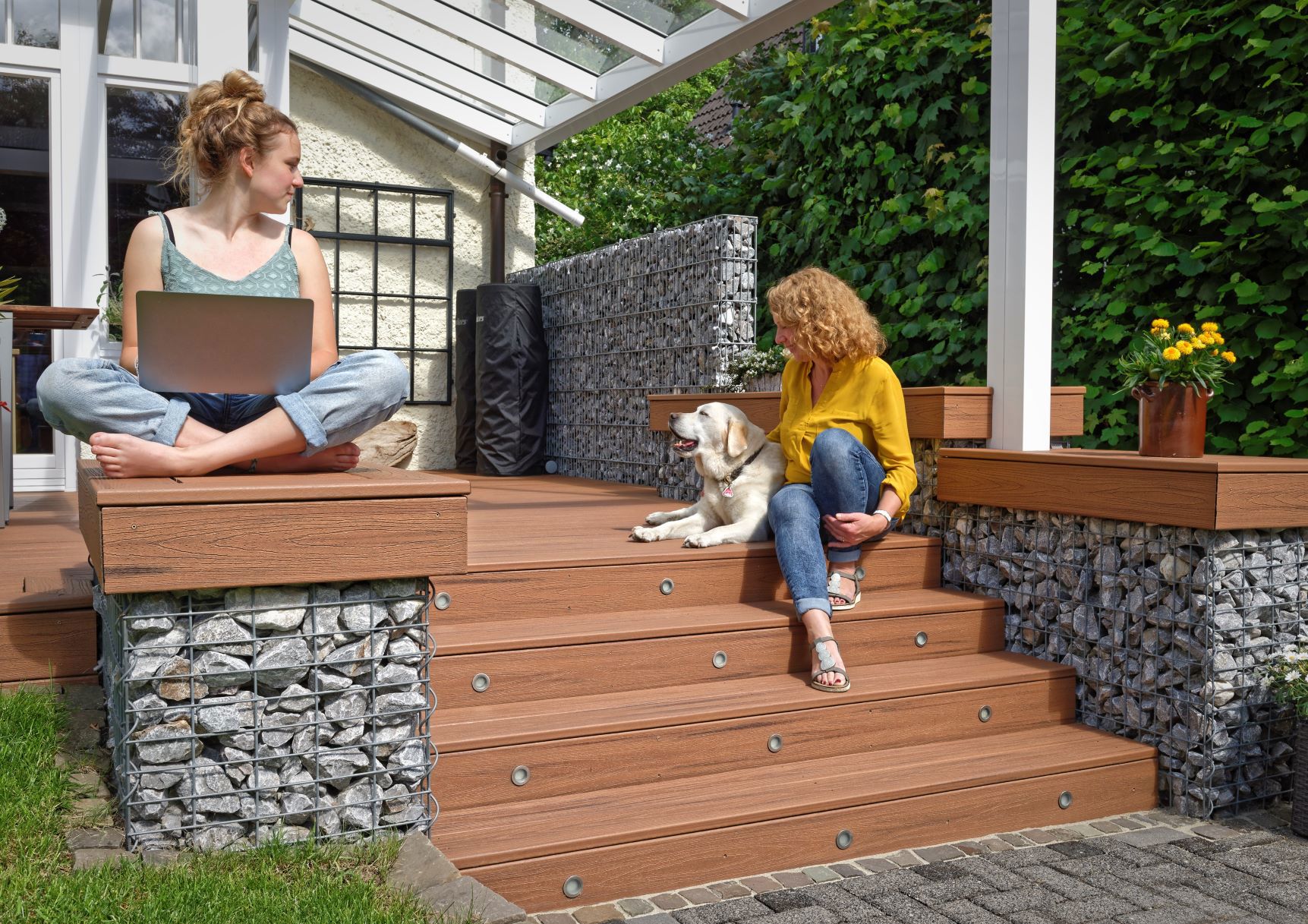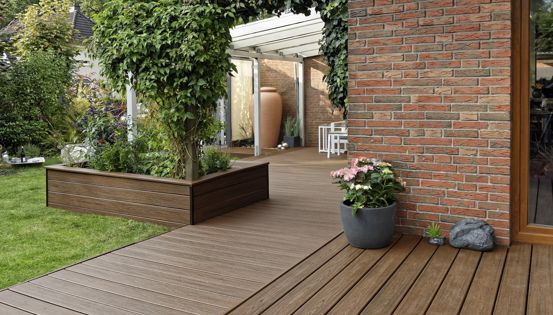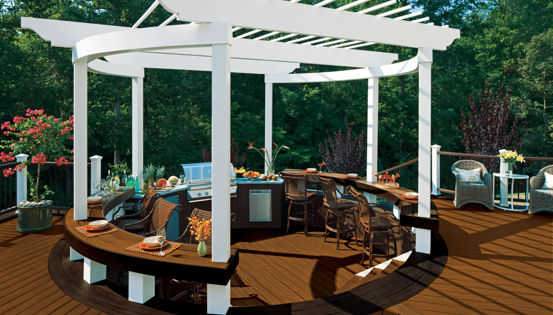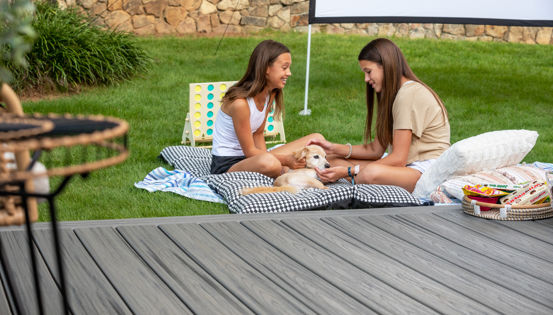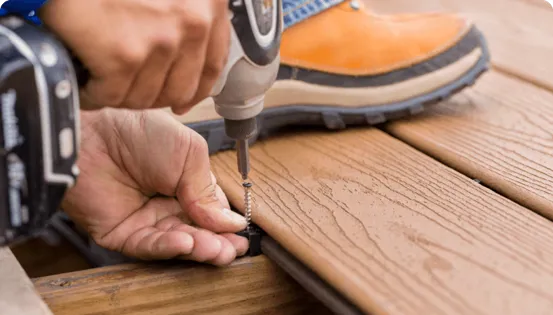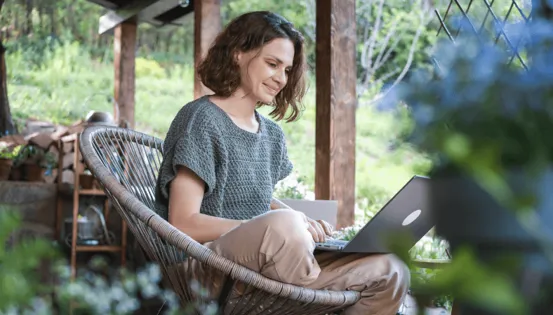Living a more sustainable lifestyle doesn’t have to be difficult. In fact, some of the easiest first steps towards making your lifestyle more environmentally friendly can be taken right in your own backyard. Create an outdoor oasis with these simple and sustainable backyard ideas.
What Makes a Backyard Sustainable?
Creating a “green” or sustainable backyard is more than just having the greenest grass on the block—it means maintaining your yard in a way that reduces our impact on the environment while promoting healthy growth of the natural ecosystem. By using fewer artificial chemicals, conserving water, incorporating native plants to your landscaping, and finding ways to reduce waste (via composting or otherwise), you can find a way to make your backyard an eco-friendly oasis. It requires less of your time and effort to maintain in the long run but will be healthier and more sustainable while helping the environment.
How Can I Make My Backyard Sustainable?
1. Choose Native Plants
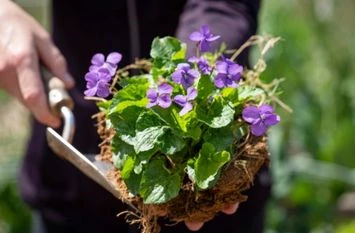
Support your local environment by choosing native plants, as they typically require less watering, fertilizer, and pesticides, and are beneficial to pollinators. Native plants can also store excess carbon dioxide for improved air quality. You can plant perennials or shrubs, which require minimal upkeep.
2. Plant a Vertical Garden
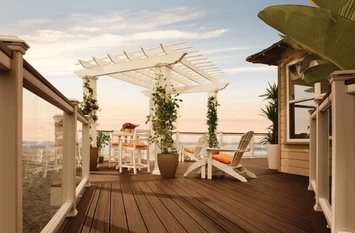
A vertical garden is an attractive, artful addition to any yard or deck, freeing up valuable ground in small spaces without compromising plush greenery. To start, build a frame against a wall or fence, or plant around an existing structure like a pergola or lattice – all of which work great for climbing plants such as vines, wisteria, honeysuckle and ivy.
3. Utilize Natural Lawn, Plant, and Deck Care Products
How we care for our outdoor spaces—whether our lawns, gardens, decks, or pools—is essential to successfully creating a sustainable, eco-friendly backyard. For lawns and gardens, minimizing or eliminating the use of harsh, chemical-based fertilizers, herbicides and pesticides and opting for organic solutions is best from a health, ecological, and cost perspective. Instead, combat common garden pests like mites, aphids, and mealybugs using predatory insects, natural insecticides and insecticidal soaps, or DIY vinegar and water solution.
4. Collect and Reuse Rainwater
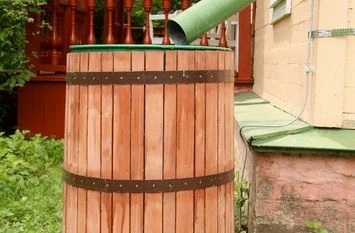
Conserving rainwater is a simple way to make your outdoor space more sustainable. Install a reusable water drum in your yard, below your gutter spouts to collect water when it rains. Once full, use the rainwater to water plants or clean exterior surfaces like decking, siding and outdoor furniture.
5. Use Energy-Efficient or Solar Deck Lighting
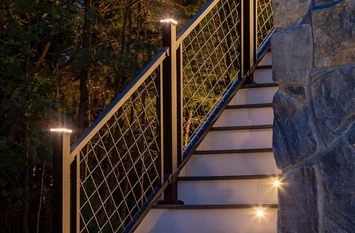
Replace outdated, energy-draining deck and landscape lighting with energy-efficient or solar-powered deck lights. LED lights are extremely long-lasting, easy to install, and use significantly less energy compared to more commonly used incandescent lights. Not only can you enjoy your yard long after the sun goes down, but you can feel good knowing you are making a sustainable choice.
6. Invest in Eco-Friendly Outdoor Furniture
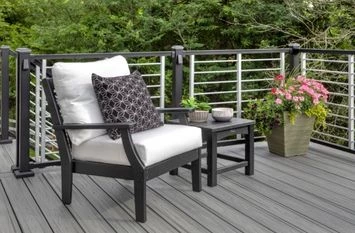
Another way to make your backyard more eco-friendly is to invest in outdoor furniture that is made of natural or sustainable materials. Composite furnishings made from recycled milk jugs, high-density polyethylene plastic, aluminum, as well as natural materials like logs, stone, clay, and abundantly grown/managed wood varieties like Acacia, Bamboo, Eucalyptus and Teak are excellent sustainable backyard options.
Some examples of eco-friendly outdoor furniture and décor include:
- Dining tables and seating from Trex Outdoor Furniture
- Log benches
- LED lighting
- Planter bar table using reclaimed wood
- Indoor/outdoor rugs made from recycled materials
For more inspiration on how to design and choose furniture for your outdoor living space, check out our Outdoor Furniture Design Ideas page.
7. Use Sustainable Decking Materials
Eco-friendly composite decking is one of the most sustainable decking materials, as it’s manufactured from recycled materials. Unlike wood, composite decking resists fading, staining, scratching and mold, and needs only an occasional soap and water cleaning. Since composite decking never needs to be stripped, stained, or painted, no environmentally harmful chemicals are required.
Start Creating Your Sustainable Backyard Oasis
Making your beloved backyard oasis sustainable and eco-friendly doesn’t have to be a grandiose undertaking. Simply taking steps to incorporate naturally occurring plants and vegetation to your garden, thoughtfully selecting sustainably-made, eco-friendly furnishings for your outdoor living space, and reducing and reusing resources via composting and rainwater harvesting are all ways to ensure your backyard oasis is both eco-friendly and sustainable in a way that works for your busy schedule and budget.
To get started on your eco-friendly backyard project, find a retailer near you that offers sustainable materials.
